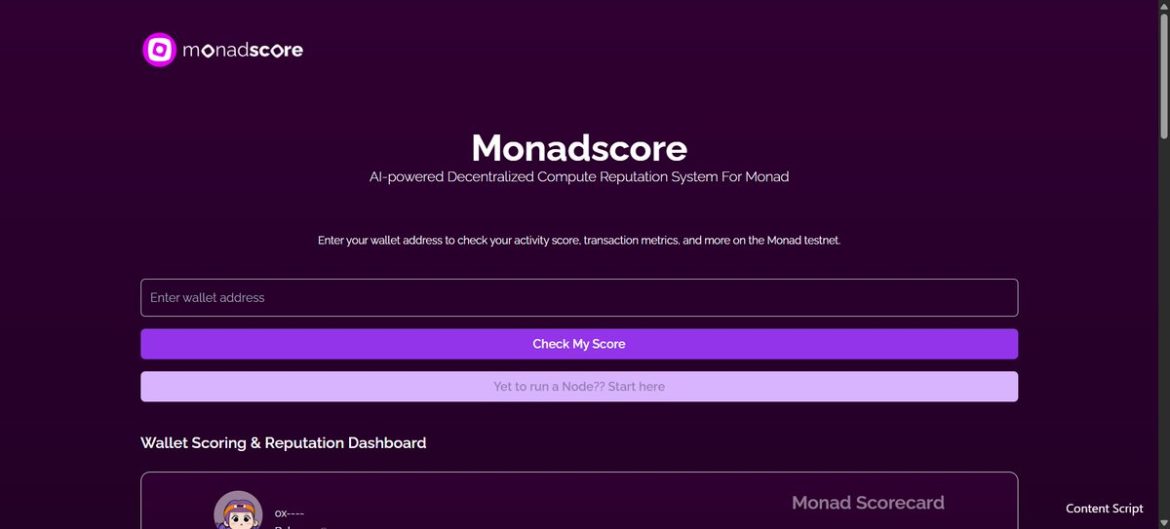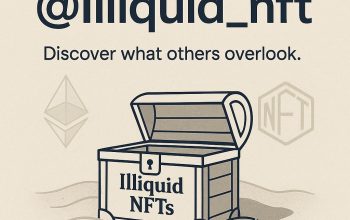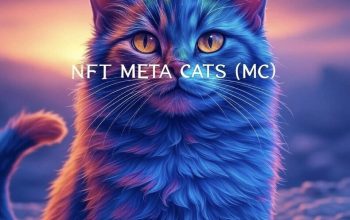The Evolving Landscape of NFT Marketplaces and Analysis Tools
Introduction: A Digital Revolution Unfolding
Imagine owning a piece of digital art that no one else can replicate—a unique asset verified on a blockchain, carrying its own history and value. This is the world of Non-Fungible Tokens (NFTs), where digital ownership has taken on a whole new meaning. Over the past few years, NFTs have exploded in popularity, transforming how we perceive art, collectibles, and even virtual real estate.
But behind every NFT transaction lies a complex ecosystem of marketplaces and analysis tools that make buying, selling, and trading possible. Whether you’re an artist looking to monetize your work or a collector hunting for the next big investment, understanding these platforms is crucial.
This report explores the current state of NFT marketplaces, the critical role of analytics, and the emerging trends shaping the future of digital ownership.
—
The Role of NFT Marketplaces: Where Digital Assets Come to Life
1. Facilitating Transactions: The Heartbeat of the NFT Economy
NFT marketplaces act as the digital storefronts where creators and collectors meet. Platforms like Magic Eden and Tensor have become industry leaders by offering seamless buying and selling experiences.
– Minting & Listing: Artists can mint (create) NFTs and list them for sale, while collectors browse and bid.
– Fee Structures: Different platforms charge varying fees—taker fees (paid by buyers), maker fees (paid by sellers), and royalty fees (paid to creators on secondary sales). Understanding these fees is key to maximizing profits[1].
2. Security & Transparency: The Power of Blockchain
One of the biggest advantages of NFTs is their immutable record of ownership, thanks to blockchain technology.
– Fraud Prevention: Every transaction is recorded on-chain, making it nearly impossible to counterfeit NFTs.
– Provenance Tracking: Tools like Monad and Repute Monad Score analyze wallet histories, helping users verify the authenticity of NFTs before purchasing[2].
—
The Importance of Analysis Tools: Making Smarter Moves
1. Understanding Market Dynamics: Beyond the Hype
The NFT market is volatile—prices can skyrocket overnight or crash just as fast. Analytics tools help users navigate this uncertainty by providing:
– Transaction Insights: Tracking wallet activity and sales volume reveals trends. For example, the Doginal Ape Collection saw a surge in transactions before its value peaked[3].
– Historical Data: Examining past performance helps predict future trends.
2. AI & Predictive Models: The Future of NFT Trading
Artificial intelligence is revolutionizing NFT trading. Platforms like SaitoshiAgent use machine learning to:
– Forecast price movements based on historical data.
– Identify undervalued NFTs before they gain traction[4].
For traders, these tools are like having a crystal ball—helping them stay ahead of the market.
—
Trends Shaping the Future of NFTs
1. The Rise of Omnichain NFTs: Breaking Blockchain Barriers
Currently, most NFTs exist on a single blockchain (like Ethereum or Solana). But omnichain NFTs are changing that by allowing assets to move seamlessly across multiple chains.
– Why It Matters: More flexibility for creators and collectors.
– Example: Projects like LayerZero enable cross-chain NFT transfers, opening new possibilities for interoperability[5].
2. Economic Factors & External Influences
The NFT market doesn’t exist in a vacuum—it’s influenced by global economics.
– Oil Prices & Crypto: When crude oil prices fluctuate, it impacts investor sentiment in crypto (and by extension, NFTs)[6].
– Regulation & Adoption: Governments worldwide are crafting NFT regulations, which could either boost legitimacy or restrict growth.
—
Conclusion: The Future is Digital—Are You Ready?
The NFT space is evolving at lightning speed. What started as a niche for digital art has expanded into gaming, music, virtual real estate, and beyond.
Key Takeaways:
✅ Marketplaces are the backbone—choose platforms wisely based on fees and security.
✅ Analytics tools are essential for making informed decisions.
✅ Omnichain NFTs and AI are the next big frontiers.
Whether you’re a creator, collector, or just curious, one thing is clear: NFTs are here to stay. The question is—how will you engage with this digital revolution?
—
References
[1]: Steven Sabol on Twitter
[2]: Blu3 on Twitter
[3]: Stephen Junior King on Twitter
[4]: WakesessionsNFT on Twitter
[5]: Rhinosmart on Twitter
[6]: Rhinosmart on Twitter





